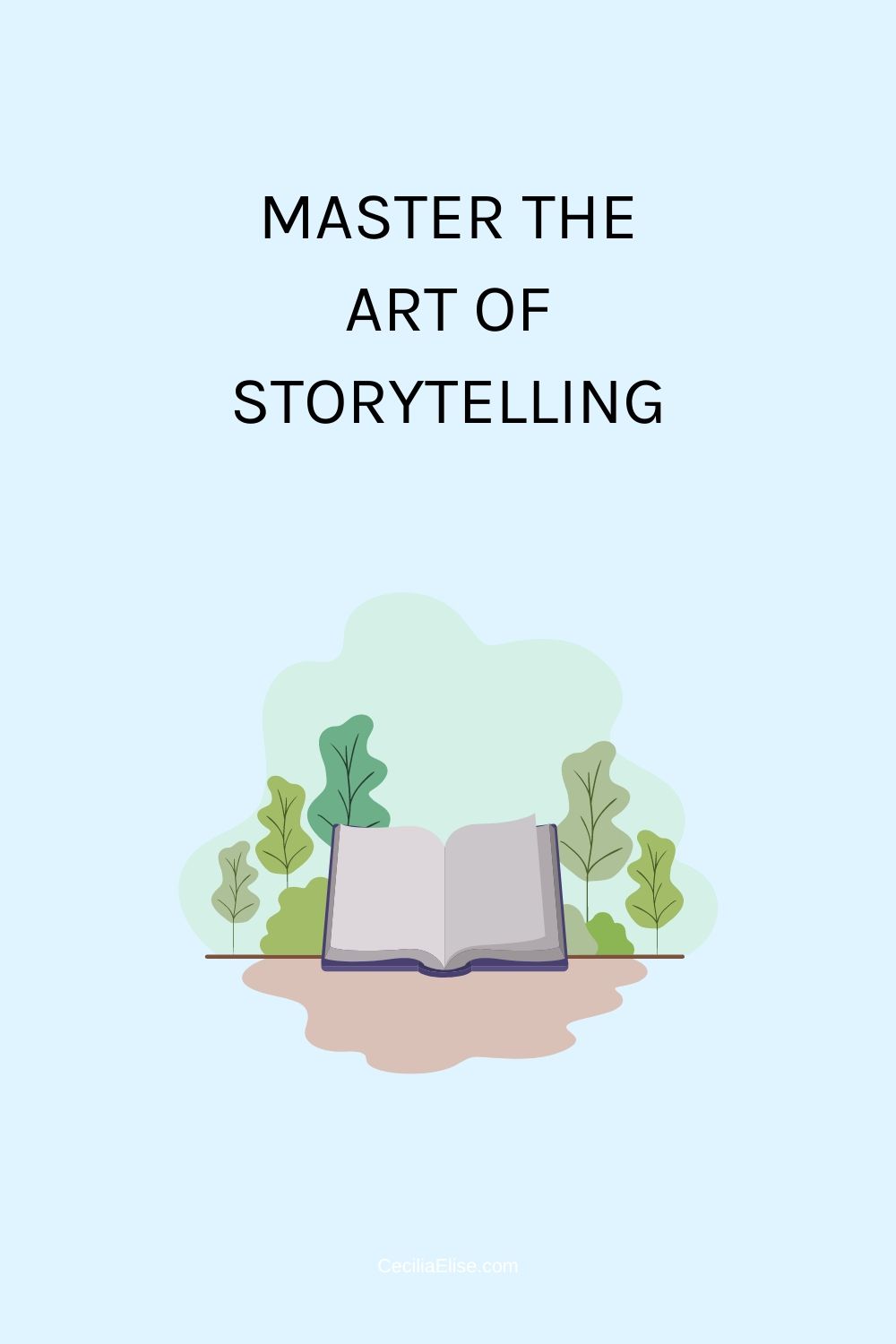The Art of Storytelling
Hi, I’m Cecilia Elise Wallin. I’m going to talk about a model for writing good novels and short stories. And also for writing very good persuasive texts and speeches. A model which is also very useful in advertising. Aristotle, who lived more than two thousand years ago, he wrote a great model for storytelling. And this model has been refined.
The Hero’s Journey
A common model used now is the model about the hero’s journey. I have been inspired by this model and I have out of it made my own model which I call “the hero’s adventure”. This is very much inspired and influenced by “The Hero’s Journey” as it is taught in books and videos.
The Hero’s Journey is based on Joseph Campbell’s model for describing mythology. I have interpreted the Hero’s Journey in my way and I call it the Hero’s Adventure. And I will describe it as I see it. So I am going to talk a little bit about my interpretation of this model The Hero’s Journey. And I’m also going to add my own insights about storytelling and writing.
The Reader’s Journey
It’s very important that the reader identifies with the hero. And how do you construct a character with which the reader can identify? Well, give some of your own traits and some of your own faults to the hero. Or you can also use traits from a person you know well. At the beginning of the story, the hero is in his familiar known world. But he or she wants something.
The Hero Leaves His or Her Comfort Zone
So the story begins when the hero gets a mission or wants something and therefore leaves his or her comfort zone. So the hero departures into the unknown world, into the dream world, into the unconscious world. In this part of this story, the hero sets out from his comfort zone towards the land of adventure. Every good story follows the hero on his or her journey from the known to the unknown, and back.
Advisors
On his or her way to the adventure, to the most difficult obstacles, the hero usually meets one or several advisors or partners – which are key figures in the conflict resolution at the turning point of the story.
The Peripeteia
The hero approaches the abyss, the most difficult obstacle in the story, and this is where the hero approaches the turning point where she or he tries to reach his or her goal.
At the turning point of the story, the tension intensifies. Will the hero manage to defeat the overwhelming enemy? Or overcome the overwhelming obstacles? In most stories hero succeeds and then the hero has to take advantage of his or her victory.
The Conflict Resolution
After his or her victory the hero returns from the adventure land to his or her familiar surroundings. She or he returns home. As the story nears its end, the hero returns home to his or her normal life.
But the hero, as well as the reader who has followed the hero’s adventures – they have gained insights and knowledge.
Overcoming the obstacles, the hero has gained new knowledge and insights. And also the reader has gained insights and knowledge.
And in the end, the hero must still be a character with which the reader can identify.
I’ve made this roadmap to help you write a great story.
© Cecilia Elise Wallin
FREEBIES for new and established bloggers
Free video courses. Free Pinterest templates. And free access to my resource library!




